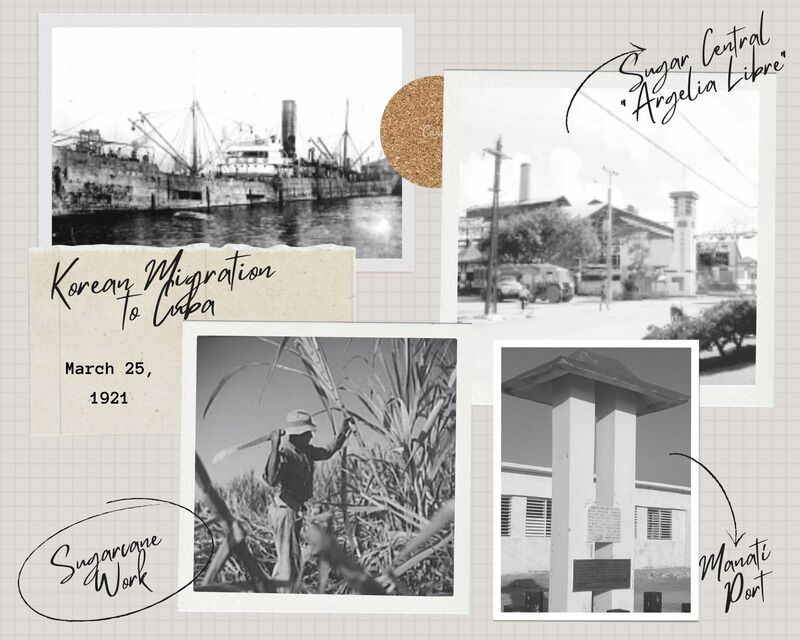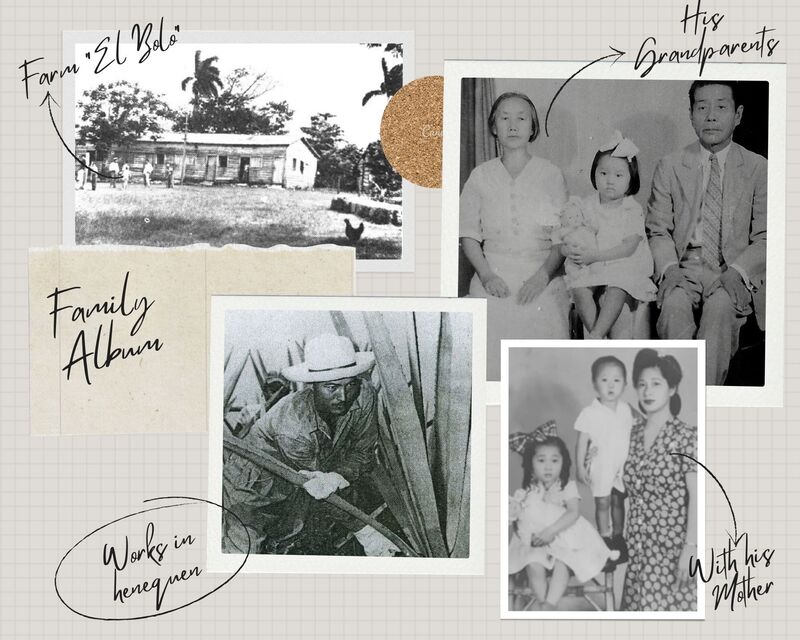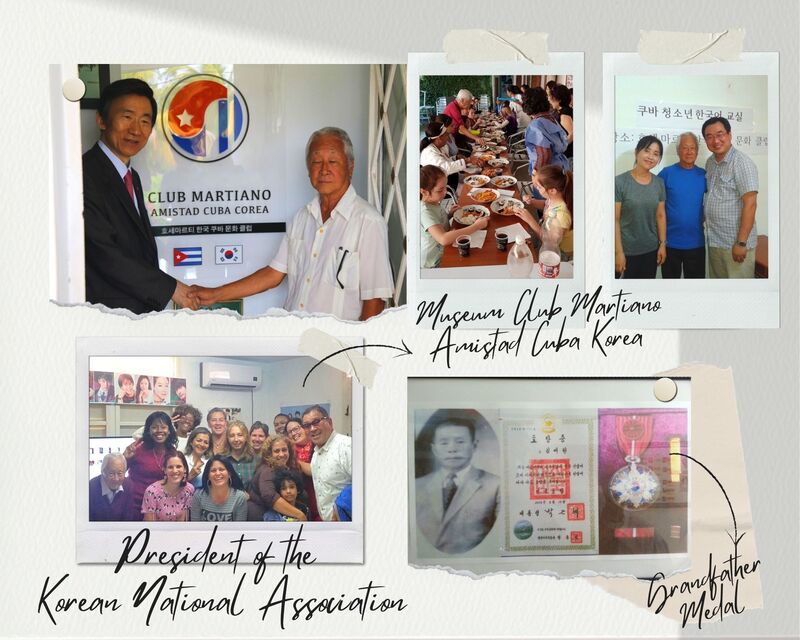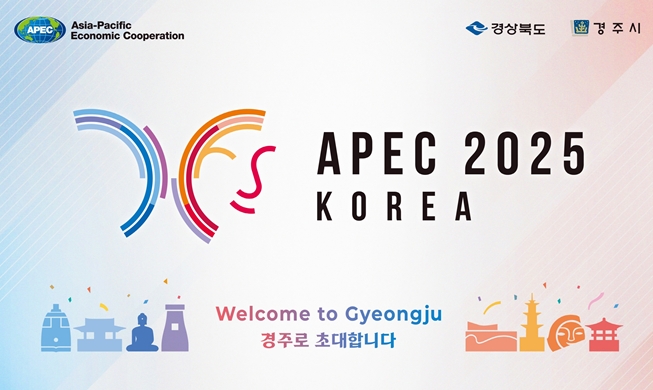- 한국어
- English
- 日本語
- 中文
- العربية
- Español
- Français
- Deutsch
- Pусский
- Tiếng Việt
- Indonesian
By Honorary Reporter Dayviana Diaz from Cuba
Photos = Dayviana Diaz, Antonio Kim Han, Alliance of Korean Descendants Mexico-Cuba A.C.
On April 8, I took part in the second virtual talk organized by the Alliance of Korean Descendants Mexico-Cuba A.C. with guest Antonio Kim Han, president of the Association of Korean Descendants in Cuba.
The moderators said the talk's purpose is to learn about the experiences of Korean descendants in Mexico and Cuba. The interview was also part of activities to mark the 60th anniversary of Korea-Mexico relations and the 101st anniversary of Korean immigration to Cuba.

Three hundred Koreans left Yucatan, Mexico, on the steamship Tamaulipas and arrived on the shores of the port Manatí in Las Tunas, Cuba on March 25, 1921.
Kim said Koreans migrated to Cuba when the sugar cane boom on the island started in 1903 after they signed a contract to work in cane fields. As soon as they moved to Cuba, the market collapsed and their contracts were canceled. They eventually improved their living conditions but found themselves in a precarious situation equal to or worse than what they had in Mexico.
During this period, they found a henequen hacienda (estate) called El Bolo in Matanzas, and more than 250 Korean immigrants were hired. They formed the Korean National Association in Cuba to promote Korean education and identity after the Japanese consulate in Havana wanted Korean citizens who immigrated to Cuba to register as Japanese nationals after their arrival.
Arrival in Cuba

First years in Cuba of Antonio Kim Han's Family.
Kim said his family had no place to live and went to the shelter of a sugar mill company. They went to work in sugar fields without any experience. Since they had lived in Mexico for 16 years, however, it wasn't difficult for them to adapt to Cuban customs.
Preservation of Korean traditions
Though they had to use the ingredients in Cuba, Kim's grandparents still loved Korean dishes such as mandu (dumplings), bibimbap (mixed rice with meat and vegetables) and gochujang (red pepper paste). "Without kimchi, we did not feel like we were eating," he said.
As a child, he said he heard stories from his family about Korean customs such as respecting elders or suffering from poverty in Korea after Japanese forces invaded in 1905. They had no jobs or money to live and thus they became the first Korean immigrants to Mexico and later Cuba.
Life in Cuba
Kim served in the military in the former Soviet Union and studied Russian and English, spending 27 years in the army and another four as a civilian worker. He also worked for two years as administrator at a supermarket and five as head of security at the Central Clinic for Foreigners Cira Garcia.
Since 2006, he has headed the National Association of Korea in Cuba. He has also served as director of Club Martiano's Amistad Cuba Korea Museum of Korean Emigration since 2014 to preserve and promote Korean culture in the country.

Club Martiano's Amistad Cuba Korea Museum was founded by Antonio Kim Han to preserve Korean culture in Cuba.
In the museum, he has created spaces for cultural exhibitions, classes on the Korean language and cooking, Hansik contests, audiovisual content, library with Korean books and rehearsal rooms for K-pop dance. The spaces also encourage socialization and recreation for Hallyu lovers. In addition, following the traditions of its ancestors, the association helps care for sick descendants, physically disabled and elderly within the community and provides both financial and material aid through donations from institutions.
Kim said one of the association's key functions is to support the recognition of Korean immigrants in Cuba who contributed their scarce resources in the movement to liberate the Korean Peninsula from Japanese rule. So far, the Korean government has honored six such patriots.
enny0611@korea.kr
*This article is written by a Korea.net Honorary Reporter. Our group of Honorary Reporters are from all around the world, and they share with Korea.net their love and passion for all things Korean.
Most popular
- Grammy-winning producer calls Suga of BTS 'amazing artist'
- 'Universal love, family' themes fuel success of 'King of Kings': director
- Council sets minimum hourly wage in 2026 at KRW 10,320
- Expansion of foreign app system raises tourist convenience
- Nat'l population diversity rose nearly 8% from 2018-22: study
